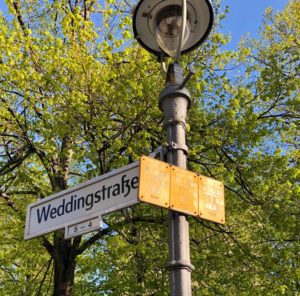
Wedding isn’t up and coming – and neither was it in the Middle Ages. It was only after the village of Wedding no longer existed that the name was first recorded in 1251. Wedding never became a proper farming village, but read for yourself.
The first mention of ‘Wedding’
In 1253, owner Ritter von Kare sold “a mill within the area of the village, which was called Weddinge, built on the river by the name of Pankow,” to the Benedictine convent of Spandau for 21 pounds of silver. So, at this time, the previously settled village of Wedding became again “desolate”. But where did the name Wedding come from? Most likely from its founder.
The naming of a newly founded village after a vassal of the Margrave was common at this time, just as it was in Karow (de Kare) and Steglitz. In this case it was probably a servant of the Ascanian Margraves named Rudolphus de Weddinge, who came from west of Magdeburg where there are other villages by the name of Weddingen. There is a record of Rudolph’s name in Spandau from 1197. So Wedding, his namesake, is likely to have emerged sometime around 1200. In 1289, at which time the village had disappeared, Margrave Otto IV gave a manor “Up den Wedding*” with its accompanying land to the city of Berlin.
A little bit of agriculture
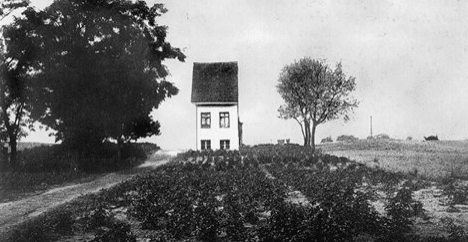
Old bw-photo: a small house at the roadside near a field
In 1289, “the real fiefdom” of Wedding was left to the citizens of Berlin. However, the Berliners made nothing out of this unwanted gift and the sandy area quickly became overgrown. They instead helped themselves to firewood from this “Berlin city heath”. Fish farming is also said to have taken place in ponds, and bees and pigs were also likely to have been kept there. Incidentally, no archaeological findings of the village, mill or manor of Wedding have been proven until recently so although we do not know where Wedding was precisely located, we suspect it to be on Weddingstraße. Only some routes that ran through the center are known to this day: the Heerstrasse to Ruppin (today’s Müllerstrasse), the Badstrasse and the path to Pankow (today roughly the Pankstrasse/Prinzenallee).
The Vorwerk Wedding

It was not until centuries later that there was another attempt to use this barren area for agriculture. In 1601, Count Schlick von Passau und Weißkirchen acquired fifty pieces of farmland and meadows north of Berlin and developed intensive livestock farming and a sheep farm between today’s Nettelbeckplatz and Weddingstraße. Shortly after, Elector Joachim Friedrich took over the estate and transformed it into the Wedding Vorwerk – thereby preserving the original name for the area, Wedding. This came under electoral administration in 1648, and Wedding no longer belonged to the Berlin agricultural district. In 1722, King Frederick William I gave up direct management of the estate, and it returned to civil ownership. The Vorwerk consisted of a four-winged complex and finally disappeared around 1900 due to increasing land speculation.
What remains?
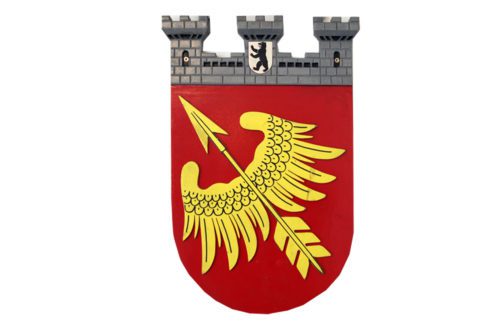
What remains of Wedding before 1861, when the suburb was officially incorporated into Berlin? Although the face of the Panke has changed, it still flows – as it has since living memory. Weddingplatz (previously: Kirchplatz) and Weddingstraße have borne their names since the first half of the 19th century. Weddingstraße was created at the request of the Berlin magistrate in 1817 between the Vorwerk farmstead and the garden of the Vorwerk. The district’s coat of arms, created in 1920, harkens back to the village’s history, referring to the family coat of arms ‘von Weddinge’. During the district reform of 2001, the district of Wedding was annexed to the district of Mitte and divided by Reinickendorfer Straße. For no real reason, the heart of Wedding was torn apart because the section of the district called “Wedding” lies completely outside (west) of the presumed location of both the village Wedding and the Vorwerk Wedding. The area of the village and Vorwerk Wedding now lies in the district of Gesundbrunnen – a completely unhistorical division of the district, which still wounds the soul of every true Weddinger.
Wedding is as old as Berlin, even though it was close to disappearing completely, and its name may only have been discovered in a document dating 1251.
*and that’s where the expression “Auf dem Wedding” comes from, which is still known today
Translation: Fiona Nugent

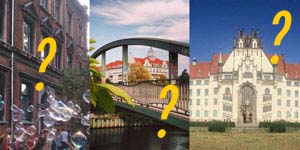

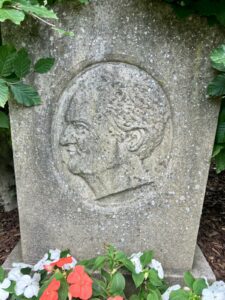
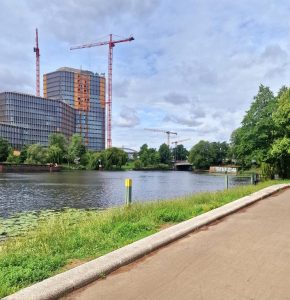
Es ist mir völlig unverständlich warum ein interessant er Beitrag in Fremdsprache veröffentlicht wird,oder sind wir schon so hipp,das es ohne nicht mehr ehr geht?
Schade um den Beitrag
WOlfgang Malinowski
Wieso? Den Beitrag gibt es auch auf Deutsch. Wenn ihn jemand gerne für uns übersetzt, damit auch Menschen, die nicht so gut deutsch verstehen, etwas davon haben, was spricht dagegen? Berlin ist nun mal eine Weltstadt.